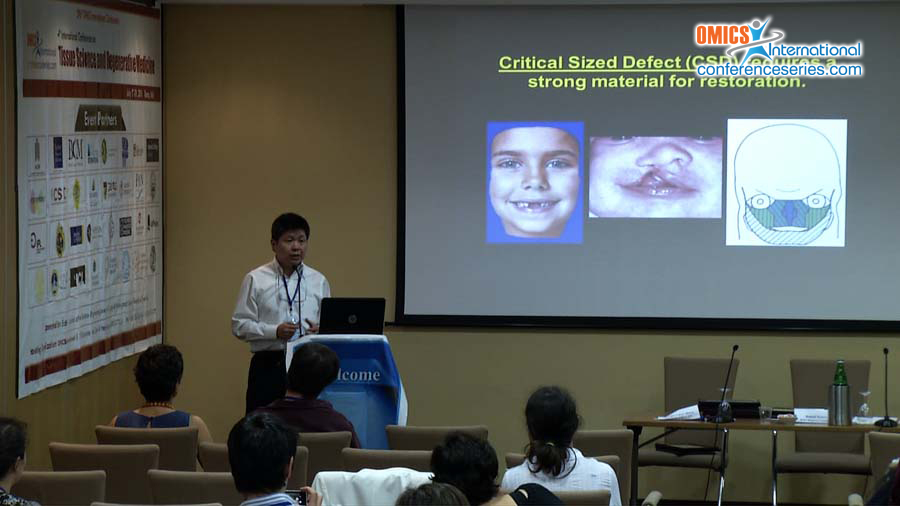
Ching-Chang Ko
University of North Carolina- Chapel Hill
USA
Title: Introducing a polydopamine-laced hydroxyapatite-gelatin nanocomposite for customized scaffolding in bone tissue engineering
Biography
Biography: Ching-Chang Ko
Abstract
Polydopamine has recently been reported to improve osteoblast adhesion and proliferation in vitro. We also found that preosteoblasts express functional dopamine receptors that could regulate cell proliferation and mineralization via the dopamine monomer released from the polydopamine-laced hydroxyapatite-gelatin nanocompsoite (PDHG). Thus, PDHG not only possesses enhanced physical properties of hydroxyapatite-gelatin bioceramics, but also can facilitate bone tissue engineering. The interconnection of polydopamine network within PDHG increases both compressive and tensile strength, approaching to that of natural cortical bone. The present study determined dose ranges for dopaminergic effect in osteogenesis, which will be used to optimize the composition of PDHG. In vitro tests of MC3T3-E1 culture used soluble dopamine drops and the real-time polymerase chain reaction (qPCR). At the end of culture, the expression of osteogenic genes was quantified with and without addition of dopamine antagonists. In a pilot in vivo test, a thermodifferential process in conjunction with the indirect scaffolding technique was applied to fabricate a customize PDHG prosthesis for jaw bone regeneration in rats. The 3mm resection of rat mandible was created at the premolar and molar region. The PDHG porous prosthesis was used to fix the osteomized mandible. The result showed that osteogenic gene expression was significantly greater in the dopamine-treated than control group (p<0.05), but inhibited by dopamine receptor antagonists. The rats underwent PDHG reconstruction behaver normal chewing and life activities; histological retrieval is currently underway.

